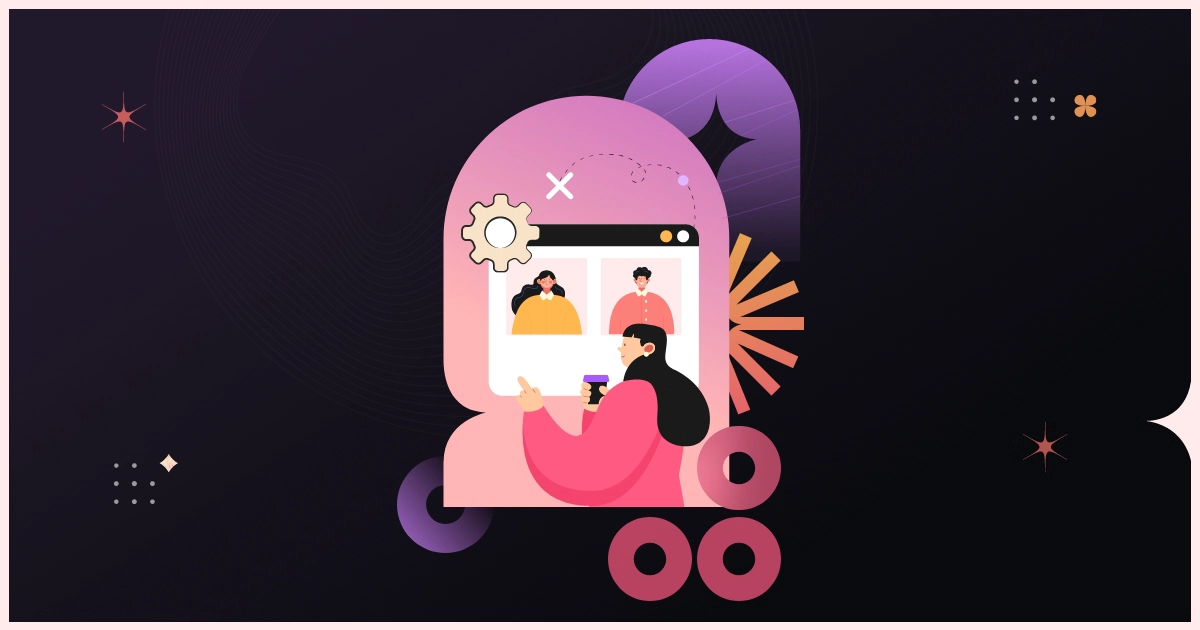As the world continues to shift towards digitalization and remote work, the demand for adaptable, efficient, and scalable solutions in the learning and development (L&D) industry has never been so significant. Due to their inherent inflexibility, traditional L&D project management methods frequently struggle to adapt to the evolving demands of contemporary training and development endeavors. This is where agile team augmentation emerges as a transformative approach.
As per SpendEdge’s projections, global companies are expected to allocate more than US$1.1 trillion for outsourcing and approximately US$81.87 billion for staff augmentation by 2025.
In this blog, we will delve deep into the concept of agile team augmentation and how team augmentation services can be harnessed to overcome the unique challenges faced by the L&D industry.
So, whether you’re a seasoned L&D professional seeking innovative ways to enhance your training project outcomes or a newcomer keen to understand the power of agile team augmentation in employee training and development, you’re in the right place.
What is Agile Team Augmentation?
The importance of agile team augmentation was emphasized by a 2022 survey conducted by ManPower Group. This survey disclosed that 76% of employers across the globe faced challenges in acquiring the skilled workforce necessary to fulfill their IT and technology requirements. In the United States, an astonishing 78% of this talent gap is concentrated within the IT sector.
An augmented team represents an internal workforce enriched by the inclusion of specialized members from external entities. This configuration empowers the company to uphold control and transparency while integrating essential expertise and insights required for swift advancement.
To illustrate this concept in the context of the L&D industry, imagine a training department within a large corporation. This department is typically comprised of in-house instructional designers, content creators, and trainers responsible for employee development programs The organization wants to launch a new online learning platform, but lacks the technical expertise to build it. Instead of outsourcing the entire L&D project, they form an augmented team for their L&D requirements. They bring external eLearning course developers, instructional designers, user experience designers, and project managers to work alongside internal L&D professionals.
This augmented L&D team combines the organization’s knowledge of training content and learning objectives with the technical skills of the external specialists. As a result, they create a powerful, customized eLearning platform that meets their exact needs while maintaining control and visibility over the project’s progress.
Benefits of Utilizing Agile Team Augmentation
Agile team augmentation services can take a load off the shoulders of your in-house L&D team, while turbocharging the speed at which you get your L&D project out there. As we all know, the timing of your L&D project execution and delivery can make or break its success.
Let’s break down some of the usual reasons behind L&D organizations going for agile staff augmentation services:
Saves Costs
Instead of going through the whole process of hiring new learning professionals or managing an outsourced L&D team, augmented teams can save you both money and time. If you’re short on funds for a full-time hire, this is a clever way to tap into some top-notch L&D talent for a shorter gig.
Improves Flexibility
Changing the size of your team, whether it’s growing or shrinking, can be a real headache. Regular hiring for an ongoing L&D project can be an extensive process; letting people go can sometimes drag on longer than the L&D project itself. But with augmented L&D teams at your beck and call, you can easily adjust your agile team size based on your current business needs.
Better Quality Work
Agile team augmentation lets you cherry-pick the best individuals for your L&D project, which can seriously level up the quality of your work. Often, having a fresh pair of eyes to tackle problems can benefit the whole L&D team. You might even stumble upon some new tricks and best practices for eLearning development along the way.
Keeping an Eye on Progress
When your eLearning development stays in-house, communication with your business becomes smoother and faster. That makes it a breeze to keep your stakeholders in the loop about how things are going. And when issues pop up, you can tackle them promptly.
Staying in Sync with Business Goals
Traditional L&D outsourcing can sometimes lead to misunderstandings regarding your business objectives and standards. However, having a team that’s part and parcel of your organization and knows all the ins and outs can ensure your L&D project aligns perfectly with your business goals.
Choosing Agile Team Augmentation: When Is It Appropriate?
Fostering Greater Teamwork and Collaboration
When aiming to enhance collaboration within your team, consider agile team augmentation. You introduce fresh ideas and perspectives by bringing in external experts with specialized skills in the L&D industry. This boosts creativity and fills skill gaps, improving overall team performance. New team members can inspire and motivate your existing L&D team while offering valuable learning opportunities. Collaboration becomes more natural as they integrate smoothly into your company’s processes and culture, leading to a stronger, more innovative L&D team.
Seeking Specialized Expertise
Expanding your team swiftly through agile team augmentation can be a strategic move when faced with the need to ramp up for a new L&D project or address urgent issues. Collaborating with an augmented L&D team alongside your existing internal talent pool, especially when navigating L&D projects with tight deadlines, can provide you with the additional expert resources required to succeed.
Prioritizing Project Budgeting Over FTE Allocation
Agile team augmentation offers a savvy budgeting solution for projects, enabling L&D organizations to flexibly add staff as needed rather than committing to full-time hires (FTEs). This is especially beneficial for organizations facing budget limitations. This approach allows budget allocation to specific L&D projects or tasks instead of ongoing full-time staff expenses. It provides the flexibility to adjust staff levels based on project performance, ensuring cost predictability. The L&D organization pays only for necessary project staff and their working hours, avoiding long-term costs like salaries and benefits.
Conclusion
Agile team augmentation is a revolutionary approach for the learning and development industry. It blends in-house expertise with external specialists, offering benefits like cost savings, flexibility, higher quality work, better communication, and alignment with business goals. This approach fosters teamwork, seeks specialized expertise, and prioritizes project budgeting over full-time hires. Whether you’re a seasoned L&D professional or new to L&D, agile team augmentation is the way to boost your L&D projects.
Having a bunch of talented and experienced folks on standby can give your L&D organization a big leg up in the competition. That’s why, at Infopro Learning, we offer augmented team resources and work closely with L&D organizations to meet their needs whenever they need a hand.
Are you looking for agile team augmentation services? Drop a comment below or drop us a line at info@infoprolearning.com.


